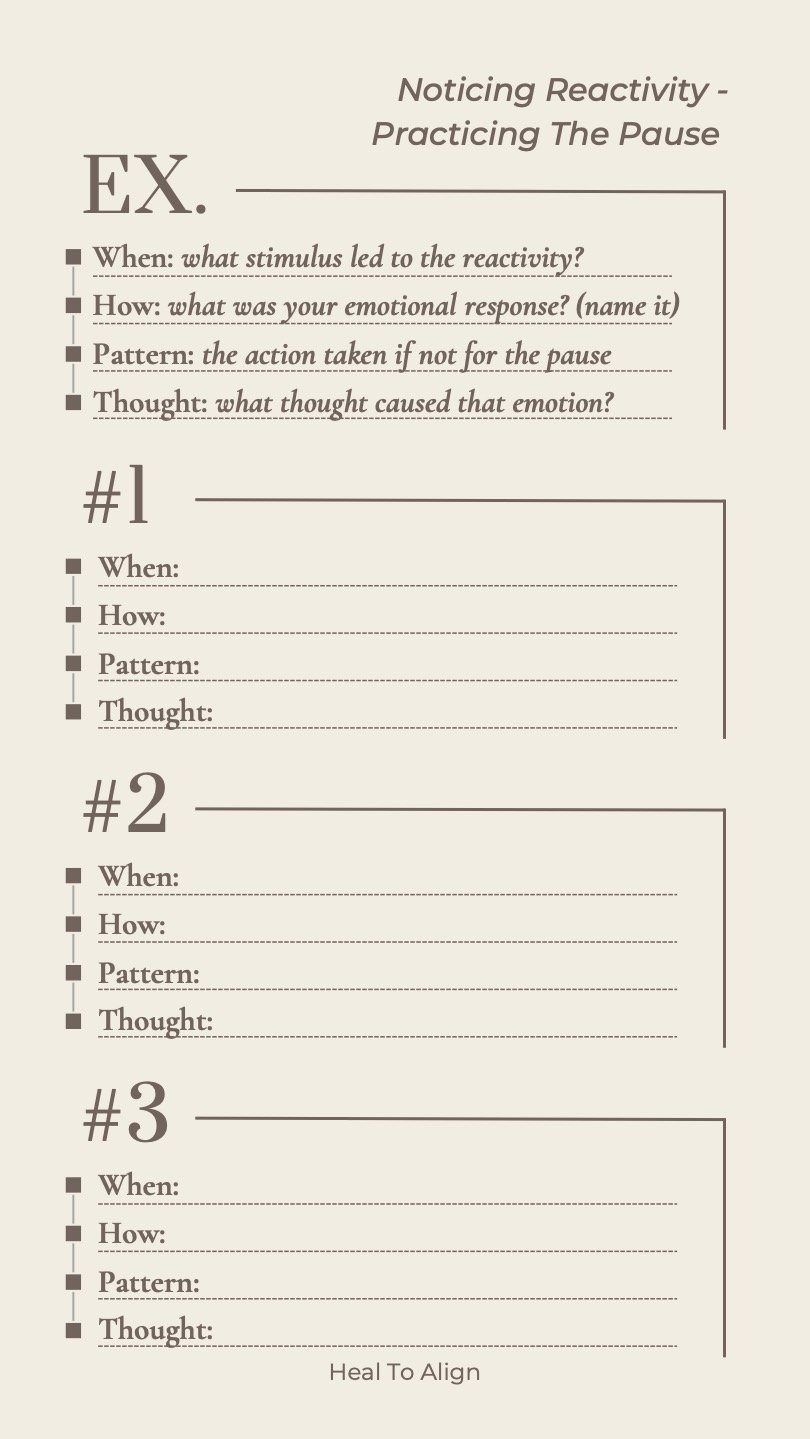Why The Checklist Exists:
For many survivors of chronic or developmental trauma, identifying Complex PTSD (CPTSD) can feel confusing or elusive. The impacts of long-term trauma—especially when it begins in childhood—often become embedded as personality traits, coping mechanisms, or relationship patterns. Instead of recognizing symptoms as trauma responses, many people internalize them as flaws, weaknesses, or just “who I am.”
This checklist is not a diagnostic tool. Instead, it is a mirror for reflection—offering language and structure to experiences that are ofen hard to name. It is designed to help you gently identify how trauma may be shaping your current inner world, relationships, and sense of self.
It’s important to understand that you do not need to identify with every item on this checklist to be affected by C- PTSD. Trauma manifests differently in the body for each person based on factors like developmental stage, duration, relational context, and individual nervous system responses—there is no one way it should look, and no set number of symptoms that make your experience valid.
That being said, if you are experiencing symptoms of CPTSD, you may notice the following:






